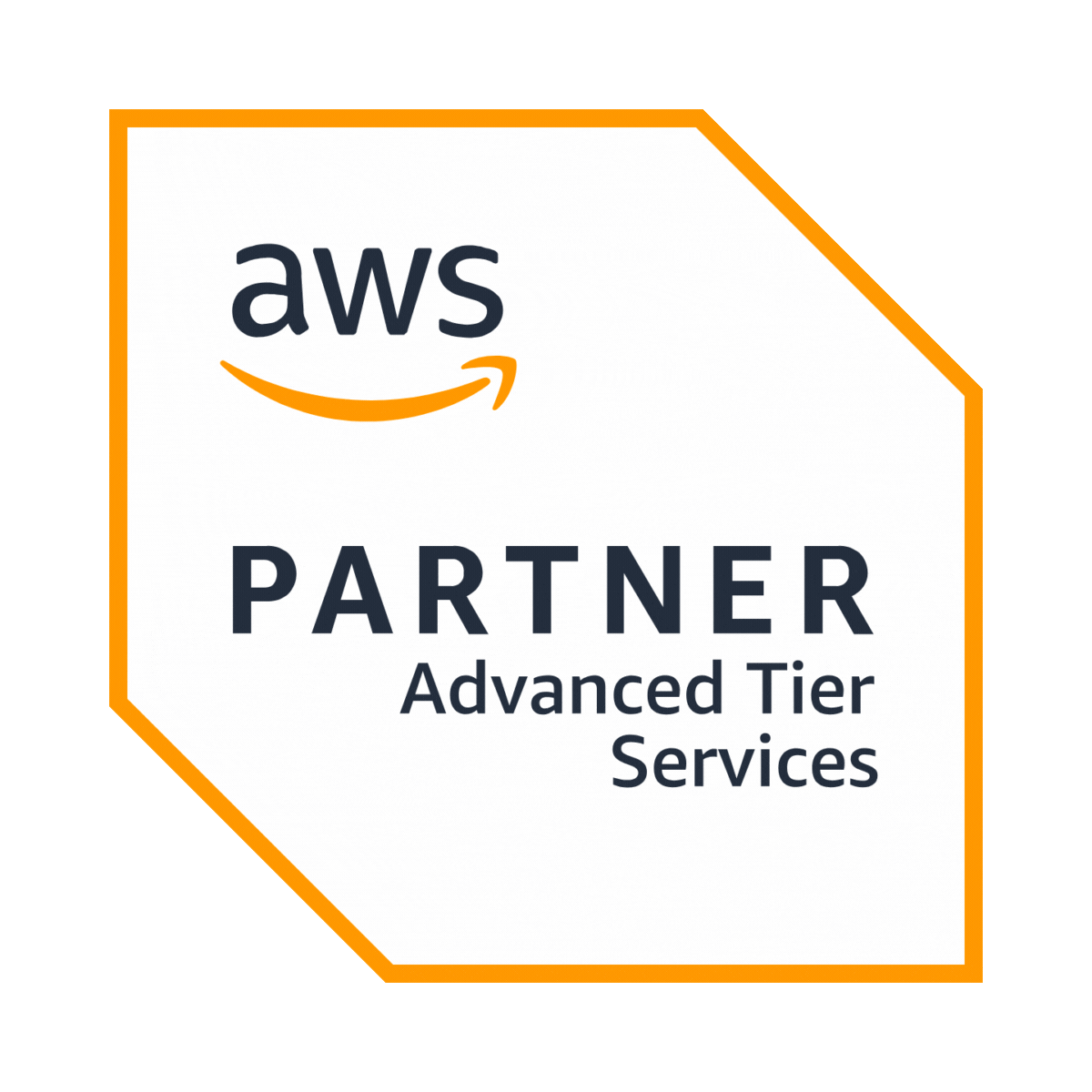As the demand for Software as a Service (SaaS) continues to rise, optimizing the efficiency of SaaS applications becomes important. One of the most innovative solutions in this field is serverless computing, with AWS Lambda leading the charge. In this blog, we'll figure out the basics of using AWS Lambda for serverless computing in SaaS environments, exploring its features, advantages, best practices, and real-world applications.
Understanding AWS Lambda
AWS Lambda is a serverless computing service offered by AWS (Amazon Web Services). At its core, AWS Lambda allows developers to run code without provisioning or managing servers, allowing them to focus solely on writing application logic. Key features of AWS Lambda include automatic scaling, built-in high availability, and support for multiple programming languages such as Python, Node.js, and Java. In SaaS development, AWS Lambda serves as the backbone of serverless architecture, facilitating rapid innovation and efficient resource utilization.
Advantages of AWS Lambda in SaaS
A. Scalability: AWS Lambda automatically scales to accommodate varying workloads, ensuring that SaaS applications can handle fluctuations in user demand without manual intervention.
B. Cost-effectiveness: With AWS Lambda, developers only pay for the compute time consumed by their functions, eliminating the need for upfront infrastructure investment and reducing operational costs.
C. Simplified management: By abstracting away the underlying infrastructure, AWS Lambda allows developers to focus on writing code rather than managing servers, leading to increased productivity and faster time-to-market.
D. Seamless integration with other AWS services: AWS Lambda seamlessly integrates with other AWS services such as Amazon S3, DynamoDB, and API Gateway, enabling developers to build powerful and scalable SaaS applications with ease.
Getting Started with AWS Lambda in SaaS
A. Setting up AWS Lambda function: The first step in leveraging AWS Lambda for SaaS development is to create and configure a Lambda function within the AWS Management Console or through the AWS CLI.
B. Choosing the right runtime environment: AWS Lambda supports multiple runtime environments, including Node.js, Python, Java, and .NET Core. Developers should select the runtime environment that best suits their application requirements and programming preferences.
C. Defining triggers and events: Triggers and events determine when a Lambda function should be executed. Common triggers include HTTP requests, file uploads, database changes, and scheduled events.
D. Managing permissions and security: AWS Identity and Access Management (IAM) allows developers to define granular permissions for their Lambda functions, ensuring that only authorized entities can invoke or modify them. Additionally, developers should implement encryption and access control measures to protect sensitive data processed by Lambda functions.
Best Practices for AWS Lambda in SaaS
A. Optimizing function performance: To maximize the performance of AWS Lambda functions, developers should minimize cold start latency, optimize code execution, and leverage concurrency settings effectively.
B. Monitoring and logging: AWS CloudWatch provides built-in monitoring and logging capabilities for Lambda functions, allowing developers to track performance metrics, troubleshoot errors, and gain insights into resource utilization.
C. Error handling and debugging: Implementing robust error handling and debugging mechanisms is important for maintaining the reliability and stability of Lambda functions in SaaS applications. Developers should use logging, metrics, and exception-handling techniques to identify and resolve issues promptly.
D. Versioning and deployment strategies: Versioning and deployment strategies ensure that changes to Lambda functions are deployed safely and efficiently. Developers should utilize versioning, aliases, and deployment automation tools to manage code releases and rollback procedures seamlessly.
Challenges and Considerations
A. Cold start latency: Cold start latency can impact the responsiveness of Lambda functions, especially for sporadically invoked workloads. Developers should implement strategies such as pre-warming, provisioned concurrency, and optimizing container reuse to mitigate cold start latency.
B. Resource limitations and timeouts: AWS Lambda imposes resource limitations and timeouts on function execution, which may affect the performance and reliability of SaaS applications. Developers should carefully configure resource allocation and timeout settings based on workload characteristics and performance requirements.
C. Managing dependencies and external libraries: Managing dependencies and external libraries in Lambda functions can be challenging due to limited execution environments and package size constraints. Developers should use package management tools, minimize dependencies, and leverage AWS Lambda Layers to streamline dependency management.
D. Security and compliance concerns: Security and compliance are paramount in SaaS environments, and developers must adhere to best practices for securing Lambda functions and handling sensitive data. This includes implementing encryption, access control, and auditing mechanisms to protect against unauthorized access and data breaches.
Future Trends and Innovations
A. The evolving landscape of serverless computing: Serverless computing continues to evolve rapidly, with advancements in areas such as hybrid cloud support, edge computing, and orchestration frameworks. Developers should stay abreast of emerging trends and innovations to harness the full potential of serverless architectures in SaaS development.
B. Potential advancements in AWS Lambda: AWS Lambda is likely to undergo further enhancements and optimizations in the future, including improvements in performance, scalability, and integration capabilities. Developers can expect new features and services that further streamline serverless application development and deployment on AWS.
C. Implications for the future of SaaS development: The widespread adoption of AWS Lambda and serverless computing is poised to reshape the landscape of SaaS development, enabling faster innovation, greater scalability, and reduced operational overhead. As serverless technologies mature, SaaS providers will continue to leverage AWS Lambda to deliver more agile, efficient, and cost-effective solutions to their customers.
The Takeaway
AWS Lambda offers a compelling platform for implementing serverless computing in SaaS environments, providing developers with unparalleled flexibility, scalability, and efficiency. By following best practices, overcoming challenges, and staying informed about future trends, SaaS providers can harness the full power of AWS Lambda to drive innovation, accelerate time-to-market, and deliver superior user experiences. As serverless adoption continues to grow, AWS Lambda will undoubtedly play a central role in shaping the future of SaaS development.















